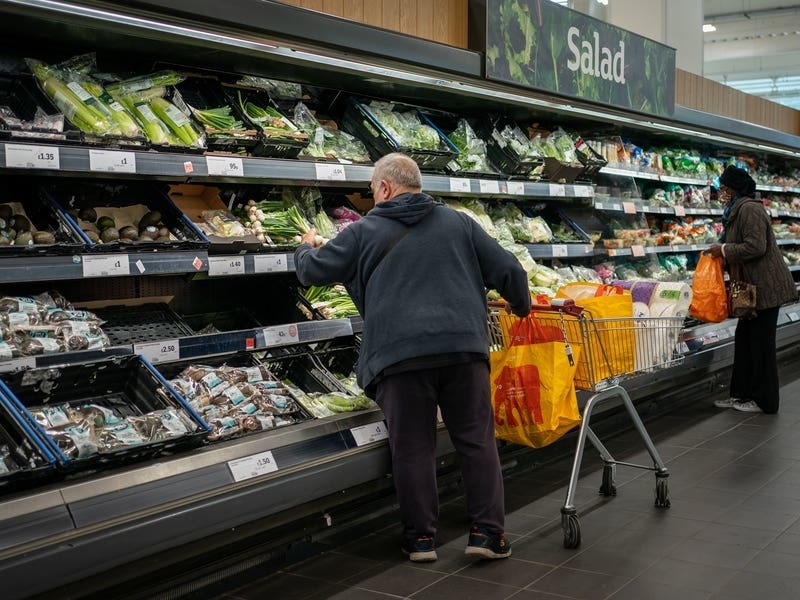Stephen Le Quesne
IN the summer of 2019, I attended the Child and Nature International Conference in Oakland, California. Organised by the Child and Nature Network, this three-day gathering brought together experts from all over the globe. Attendees included scientists, park rangers, teachers, politicians, civil servants, play advocates and outdoor educators.
Participants were able to go to presentations or practical sessions that aligned with the conference’s focus areas. These included creating nature-filled cities, addressing health equity through nature connection and improving educational outcomes through nature-based learning. One of the areas was engaging families with nature and in partnership with a nature playschool based in Miami, I was able to co-lead a presentation on the role of nature within communities, families, and childhood. The opportunities to learn and develop were plentiful and I absorbed as much as was possible.
Upon my return, I enquired about opportunities to share the knowledge I had gained, to start new initiatives and to follow the examples I had seen in California and across the globe. However, this was not to be, as open minds and listening ears were hard to find.
Quite simply, the education and political systems were not ready for the new ideas flourishing and coming to fruition away from our shores in 2019.
This story is important as it leads me to the main topic of this piece, which is our urban green spaces, nature within our towns and cities, more specifically in Jersey. In 2023 it is time to ask why do we not have more green spaces in St Helier. And why are we not more ambitious with them?
The science detailing the benefits of green urban spaces is fascinating and at times extraordinary. Urban green spaces have been shown to improve health and wellbeing through services such as improving air quality, reducing noise pollution, and reducing heat stress by decreasing the temperature in urban environments. This is what you would expect as we know trees create shade, absorb carbon dioxide, and create a physical barrier for loud sounds. If you dig deeper, health and wellbeing is where we can change lives for the better.
In 2001, a study conducted by the University of Illinois found that nearby nature within urban housing environments helped reduce mental fatigue, which in turn reduced levels of aggression and violence. Residents living in greener buildings reported less instances of violence.
In a more detailed study published in 2018, it was concluded that the restorative benefit of green urban spaces is predicted by biodiversity and that these benefits were not related to age, gender, nor ethnic background. The wilder the green space, the greater the restorative benefit.
The study which may be perceived as one of the most surprising was published in 2015. In Toronto, Canada, it was found that having ten more trees in a city, on average, improved health perception in ways that were comparable to an increased annual income of $10,000 per year or being seven years younger. Having 11 more trees increased this figure to $20,000 but reduced age to 1.4 years younger.
As with all scientific research, there have been question marks over the quality of some of the evidence and challenges have been made over inconsistent results. As time moves forward, the science exploring the benefits of urban green spaces is becoming more intricate, more detailed, and more targeted. The body of evidence showing the benefits of well thought-out green spaces in cities, continues to grow.
As most of us are aware there are a lot of new residential areas being built in St Helier, but with all these new living spaces, where is the equivalent green space to go alongside the new developments? Where can children play? Where can people relax – somewhere to go and disappear in nature? The new development at Ann Street Brewery includes a plan for a town woodland and ‘mini forests’, but what does this mean? Have ecologists and other relevant experts had any input into this? Who decides the tree species being planted and the ecological structure? The science encourages a focus on quality green space that encourages wildlife and improves the wellbeing of its residents and anyone visiting them.
We are currently in a biodiversity and mental-health crisis and here we have a piece of the jigsaw that can assist with both, reducing pressure on our health service.
Where we go from here depends on all of us. It’s time for constructive and in-depth discussions with planners, politicians and ecologists as well as input from residents who live in St Helier (this also relates to St Brelade, which is becoming increasingly urbanised). Exploring and uncovering the benefits of urban green spaces can make St Helier a greener, healthier place to live, improving the lives of people and helping to protect our threatened wildlife. Surely, that is a no-brainer?
-
Stephen Le Quesne is an environmental and mental-health activist and campaigner.






